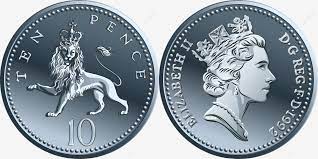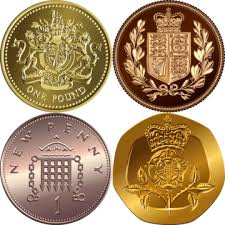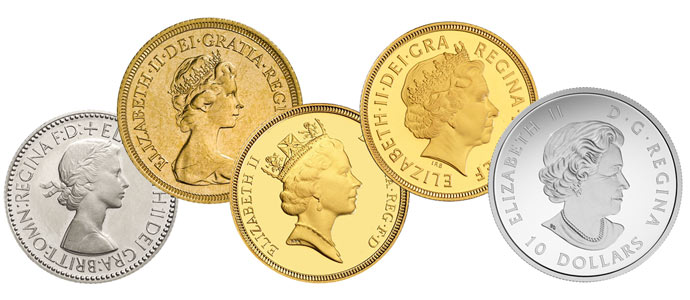Introduction:
Coins are little metal discs that are small enough to fit comfortably in the palm of your hand. In addition to having monetary worth, coins also tell tales about the development, history, and culture of a country. British coins are unique among the many other currencies that have been in use throughout the years since they are physical objects that represent the island nation’s rich history. We explore the fascinating history of British coinage in this investigation, learning about their creation, development, and cultural importance across time.
The Origins of British Coins:
The origins of British coinage may be found in the Celtic era, when several tribes living in the British Isles struck their own coins. Usually crafted from basic metals, these ancient coins had elaborate patterns that expressed the tribal identity. Roman coins circulated alongside native ones after the Romans conquered Britain in AD 43, establishing a consistent monetary system for the island.
Alfred the Great’s reign in the ninth century produced one of the most famous occasions in British numismatic history. A crucial first step toward creating a single currency for the nascent English kingdom was Alfred’s introduction of the first English silver pennies.
The Tower Mint and the Sterling Standard:
When we go back to the Middle Ages, the Tower of London became a major hub for the manufacture of coins. An important part in minting coins for the realm was played by the Tower Mint, which was founded in the late 13th century. It evolved into the norm for English coinage and a representation of regal authority.
It is from this era that the phrase “pound sterling” originated. Originally, one pound of sterling silver weight was represented by one pound sterling, which served as an accounting unit. This link between precious metals and British money established the groundwork for the British monetary system’s long-term stability and dependability.

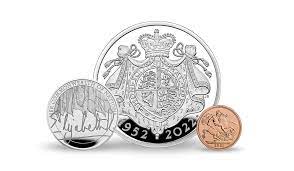
The Renaissance of British Coins:
The arts, culture, and currency design underwent a change during the Renaissance. Coins were embellished with elaborate and precise engravings that featured heraldic insignia, allegorical characters, and rulers. Notable advancements in coin design occurred under the Tudor period, especially under Henry VIII, demonstrating the Renaissance’s impact on numismatics.
The famous sovereign, a gold coin that was initially produced in the early 16th century under Henry VII, came to represent the riches and authority of the United Kingdom. The front of the sovereign’s design frequently displayed the current king, while the reverse bore the famous picture of Saint George killing the dragon.
The Industrial Revolution and Decimalization:
British coinage underwent substantial modifications in the 19th century, primarily as a result of the Industrial Revolution. Technological developments made coin manufacture more uniform and efficient. A break from conventional minting techniques was brought about by the invention of steam-powered coin presses, which enhanced accuracy and facilitated mass manufacturing.
In 1971, the United Kingdom decimalized its currency, marking a significant change. The decimal system took the place of the intricate system of pounds, shillings, and pence; a single pound was now split into 100 new pence.
Commemorative Coins and Contemporary Designs:
The Royal Mint produces commemorative coins in addition to regular circulation coins to honor notable occasions, anniversaries, and cultural triumphs. These coins frequently have distinctive designs with motifs honoring the commemorative topic. Commemorative coins offer a platform for creative expression and cultural contemplation, from commemorating historical individuals and anniversaries to celebrating royal marriages.
The Cultural Significance of British Coins:
British coins are more than simply tools of commerce; they are physical reminders of the country’s past and culture. Coins with images of historical events, national symbols, and emperors serve as visual documents that provide insights into the United Kingdom’s changing identity.
Coin designs frequently mirror the era’s dominant social, political, and artistic currents. Every piece of art, whether it be a commemorative coin with a modern design, a royal portrait of a king, or a heraldic emblem symbolizing national pride, tells a tale that transcends its monetary worth.
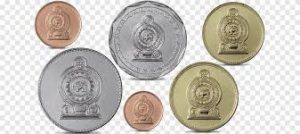
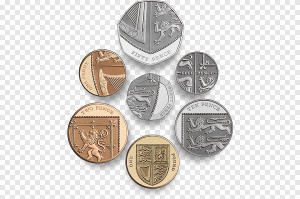
Conclusion:
These little metal discs are more than simply tools of commerce as we follow the history of British coins from their prehistoric beginnings to the modern day. These are objects that represent a country’s artistic, cultural, and historical development. Every phase in the history of British coinage, from the Celtic tribes to the Tower Mint, the Renaissance to decimalization, illustrates the flexibility and tenacity of a currency that has molded and mirrored the island nation’s journey through time.

